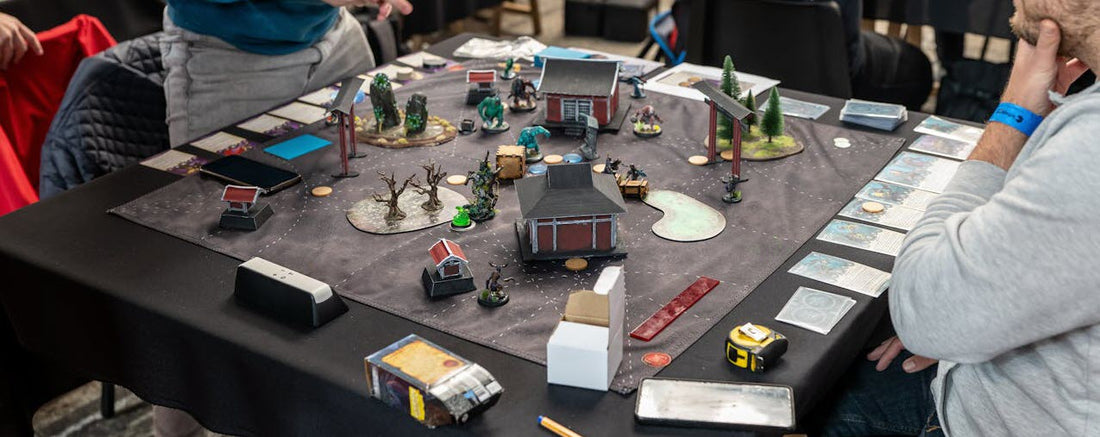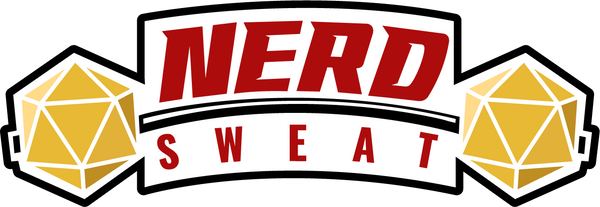
D&D in the Classroom: Teaching Problem-Solving Through Role-Playing
Imagine stepping into a classroom where students aren't just solving equations or memorizing dates—they're delving into a mysterious dungeon, negotiating peace with rival kingdoms, or deciphering ancient riddles to unlock a treasure chest. Sound fun? Welcome to the world of Dungeons & Dragons (D&D) as an educational tool, where creative problem-solving and critical thinking take center stage.
Why D&D Works in Education
At its core, D&D is about solving problems. Every campaign challenges players to think critically, work together, and make decisions based on limited information—skills that translate directly to the real world. Students must analyze situations, predict outcomes, and adapt their strategies when things don’t go as planned (and they often don’t).
Example 1: The Puzzle Room
In a D&D campaign, a party might enter a room with four levers and a locked door. Each lever is marked with a riddle, and only pulling the levers in the correct sequence will unlock the door. To succeed, players:
- Analyze the clues.
- Collaborate to brainstorm solutions.
- Experiment with possible answers.
Real-Life Parallel: This type of challenge mimics problem-solving tasks in STEM fields, where analyzing data, testing hypotheses, and working collaboratively are essential skills.
How to Bring D&D into the Classroom
-
Start with a Simple Scenario
Create a short, focused adventure that takes 1–2 sessions to complete. For example, the party could solve a village’s food shortage by negotiating with neighboring farmers or tracking down stolen supplies. This scenario incorporates negotiation, resource management, and creativity. -
Use Pre-Made Resources
Tools like D&D Starter Set or Essentials Kit are excellent for beginners. They include simple adventures, pre-made characters, and streamlined rules that make it easy for educators to dive in. For digital classrooms, platforms like Roll20 or Foundry VTT allow for seamless virtual play. -
Focus on Role-Playing Over Rules
For classrooms, prioritize storytelling and problem-solving over strict adherence to D&D rules. This keeps the experience accessible and engaging for all students.
Example 2: Negotiating with Goblins
In this scenario, students must convince a goblin tribe to stop raiding a nearby village. They’ll:
- Identify the goblins’ motivations through questions and observation.
- Craft a persuasive argument to propose a mutually beneficial solution.
- Collaborate to refine their approach based on the goblins’ reactions.
Real-Life Parallel: This activity teaches negotiation, active listening, and persuasive communication—key skills for debates, business discussions, and interpersonal relationships.
References and Resources for Educators
- Programs: Critical Core: This role-playing game is specifically designed for use in classrooms and therapeutic settings. It offers easy-to-follow guides and is perfect for educators new to RPGs.
- Online Tools: D&D Beyond provides digital access to character sheets, rules, and resources.
- Lesson Plans: Websites like Geek and Sundry and RPG Research have free materials for integrating D&D into classrooms.
Why It’s Worth Trying
In a world where education often emphasizes standardized testing, D&D offers a breath of fresh air. It empowers students to think creatively, collaborate effectively, and approach problems with an open mind. Most importantly, it shows them that learning can be an adventure—filled with dragons, treasures, and the thrill of solving challenges together.
So, teachers, why not roll the dice and bring D&D into your classroom? You might just inspire the next generation of critical thinkers—and have a lot of fun along the way.
